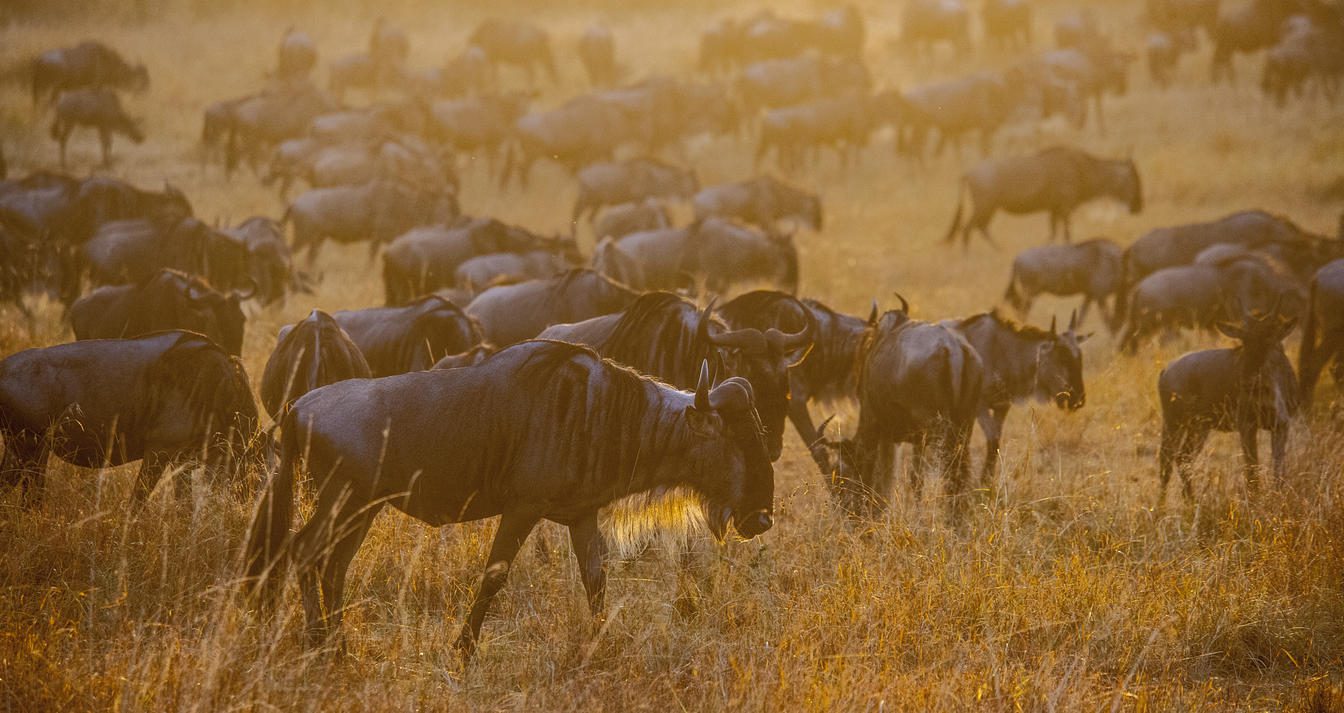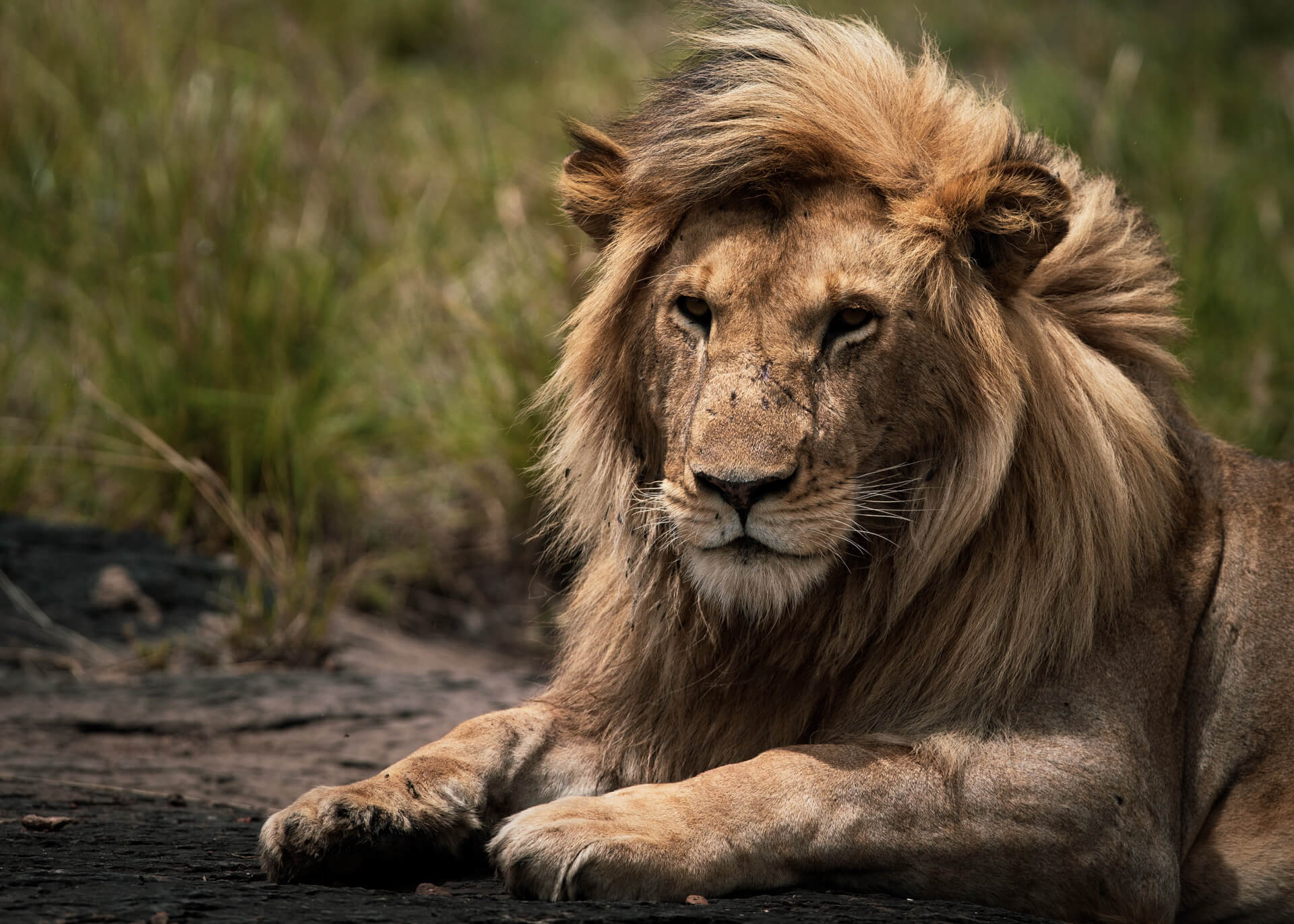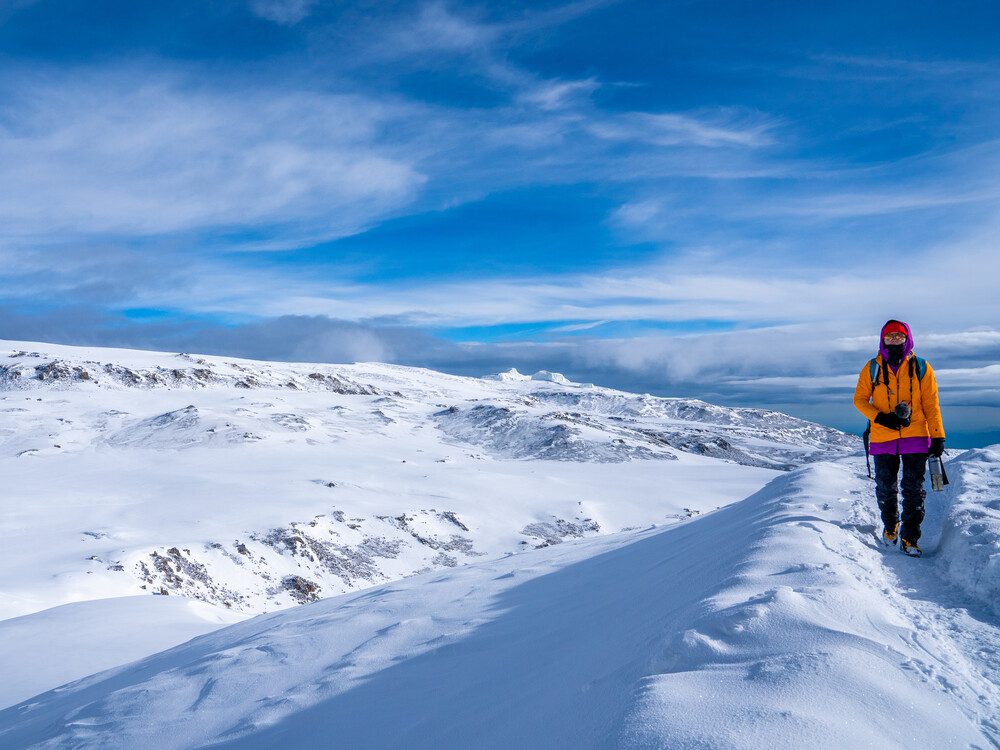Best time to visit Tanzania for safari & Beaches
Design your trip
What makes Tanzania a special Destination?
Tanzania is a diverse and stunning destination in East Africa, renowned for its spectacular wildlife and pristine beaches. The country’s natural beauty is further enhanced by its abundant attractions, including a remarkable array of approximately 4 million wild animals. Among its rich biodiversity, you’ll find 1,000 different species of birdlife captivating birdwatchers and nature enthusiasts alike.
Nestled within its borders are highland mountains and vast expanses of lush savanna, offering breathtaking landscapes for adventurers. Tanzania is also home to one of the planet’s most awe-inspiring spectacles: the Great Wildebeest Migration. This dramatic event is the second largest terrestrial mammal migration, a must-see for any traveler seeking a truly unforgettable experience.
Beyond its wildlife and landscapes, Tanzania boasts a variety of flora, as well as stunning lakes and rivers. Each element contributes to the country’s unique charm and allure, making it a special destination for those seeking both adventure and tranquility.
When Is The Best Time To Visit Tanzania?
When planning a trip to Tanzania for a safari or beach holiday, it is essential to consider the best time to visit to make the most of your experience. The timing of your visit can greatly impact the quality of your safari and beach vacation, as weather patterns and wildlife movements vary throughout the year.
For those looking to embark on a memorable safari in Tanzania, the best time to visit is during the dry season, which typically runs from June to October. This period offers excellent wildlife viewing opportunities as animals gather around water sources, making them easier to spot. The weather is also pleasant during these months, with clear skies and comfortable temperatures, making it an ideal time for game drives and outdoor activities.
If you prefer a beach holiday in Tanzania, the best time to visit is during the dry season, from June to October. The coastal areas, such as Zanzibar and the surrounding islands, enjoy warm temperatures and sunny skies during this time, perfect for swimming, snorkeling, and relaxing on the pristine sandy beaches. The crystal-clear waters of the Indian Ocean offer excellent visibility for diving and water sports, providing a tropical paradise for beach lovers.
Understanding Tanzania’s Weather Patterns
While the dry season is ideal for many travelers, understanding the full range of Tanzania’s weather patterns can enhance your travel planning. The country experiences two distinct rainy seasons:
- Long Rainy Season: Occurs from March to May. During this time, expect heavy rains which might make some roads impassable, especially in national parks. Some lodges and camps may close due to the weather conditions.
- Short Rainy Season: Takes place in November and December. While less intense than the long rains, travelers should still be prepared for occasional showers.
Despite these rainy periods, the wet season also brings its own unique charm. The landscapes transform into lush, green vistas, and the arrival of baby animals offers a different kind of wildlife viewing experience.
Temperature Variations and Regional Differences
Tanzania’s temperatures can vary significantly depending on the region. Higher elevations might experience cooler temperatures, while coastal areas maintain warmth even during the cooler months. This regional diversity means that travelers should pack accordingly, especially if planning to explore different parts of the country.
By understanding these weather patterns and regional differences, you can tailor your trip to Tanzania to suit your interests and maximize your enjoyment of this incredible destination.
Best time to visit tanzania To See The Wildebeest Migration
Witnessing the annual wildebeest migration in the Serengeti is a truly spectacular and awe-inspiring sight. The migration is a natural phenomenon that sees over two million wildebeest, zebras, and gazelles trekking across the vast plains of the Serengeti in search of greener pastures. Understanding the migration patterns month by month can help you plan your visit to the Serengeti to experience this incredible event at its best.
| Months | Event |
Location |
|---|---|---|
| January to March | Calving Season & Intense Big Cat Action | Ndutu (Ngorongoro conservation area) |
| April to May | Mating season & male battle head-to-head | Central Serengeti |
| June | Grumeti River Crossings | Western Serengeti |
| July to September | Mara River Crossings | Northern Serengeti |
Month By Month: The Best Time To Visit Tanzania
January to February: marks the sunny start to the year, ideal for a Tanzania safari. During this period, the weather is warm and dry, providing excellent conditions for wildlife viewing. Serengeti National Park, home to the Great Migration, is particularly captivating. Wildebeest return from the Mara River to their calving grounds in the Ngorongoro Crater, leading to dramatic predator-prey interactions. Additionally, this time of year is optimal for bird watching, as migratory species from Europe and Asia arrive in droves. Tarangire National Park is another hotspot, where elephants can be seen in large herds

March to May March: through May is the wet season in Tanzania, characterized by heavy rainfall, lush landscapes, and fewer tourists. While some might shy away due to the rains, this period offers unique advantages. The Ngorongoro Crater transforms into a green paradise, and the abundance of water and vegetation leads to vibrant wildlife activities, making it an excellent time for photography. Safari parks like Selous Game and Ruaha National Park offer quieter experiences, with fewer vehicles and more intimate encounters with the animals. In Zanzibar, these months also see rain, but the island maintains its allure with warm waters and rich cultural events. Festivities like the Mwaka Kogwa, celebrating the Shirazi New Year, offer a peek into the island’s diverse heritage
June to October: is the peak season for safaris in Tanzania, featuring minimal rainfall, comfortable temperatures, and outstanding wildlife visibility. This period coincides with the Great Migration in the northern Serengeti, where millions of wildebeest cross the Grumeti and Mara Rivers, a sight deemed one of nature’s most incredible spectacles.
During these months, the dry season creates an ideal environment for wildlife viewing. Animals naturally congregate around scarce water sources, making them easier to spot against the less dense vegetation. This phenomenon enhances the game-viewing experience, particularly in parks like Ruaha and Tarangire, which become prime locations for observing diverse wildlife in action.
The clear skies and crisp air make the Ngorongoro Crater a must-visit destination. Here, the opportunities to witness the drama of predator and prey interactions are unparalleled, as the reduced foliage offers an unobstructed view of the landscape teeming with life.
Overall, this season provides an exceptional chance to witness Tanzania’s rich biodiversity and the grandeur of the Great Migration, making it a perfect time for wildlife enthusiasts to explore.
November to December: represents the short rainy season, a period marked by brief, sporadic showers and rejuvenated landscapes. This time of year is fantastic for bird watchers, as migratory birds return, adding splashes of color to the national parks. Serengeti’s southern plains are lushly green again attracting the early stages of the wildebeest migration cycles. Less crowded parks like Mikumi National Park provide secluded, immersive wildlife experiences. The rains also bring cooler temperatures, making game drives more enjoyable. Meanwhile, Zanzibar begins to experience a slight uptick in showers, but the island remains an enchanting destination. The festive season brings an array of cultural activities and celebrations, from the Sauti za Busara music festival to vibrant local fairs. Read more about what to wear on Zanzibar

What is the Ideal Time for Hiking in Tanzania
When planning a hiking adventure in Tanzania, timing is everything. The best time to explore this East African gem is during the dry seasons, which generally run from late June to October and from late December to February. These months offer favorable weather conditions, making your hiking experience much more enjoyable.
During the dry seasons, the trails are more accessible, and the skies are clearer, providing breathtaking views of iconic landscapes like Mount Kilimanjaro. You’ll avoid the heavy rains of March through May, which can make trails muddy and challenging, and from November to December, where short rains occur, potentially disrupting your plans.
Key Advantages of Hiking During the Dry Season:
- Stable Weather: Enjoy sunny days and cooler temperatures, ideal for long treks.
- Less Muddy Trails: Navigate paths easily without the hassle of slippery terrain.
- Scenic Vistas: Clearer skies offer panoramic views of the stunning landscapes.
By choosing the right season, you’ll ensure a memorable and fulfilling hiking expedition in Tanzania’s magnificent peaks.

Recommended Safari Packages in Tanzania
If you’re planning a trip to Tanzania, there’s a wide array of exciting travel options and safari packages to choose from. Whether you’re looking for brief day trips or extended wildlife adventures, Tanzania offers something for every kind of traveler.

